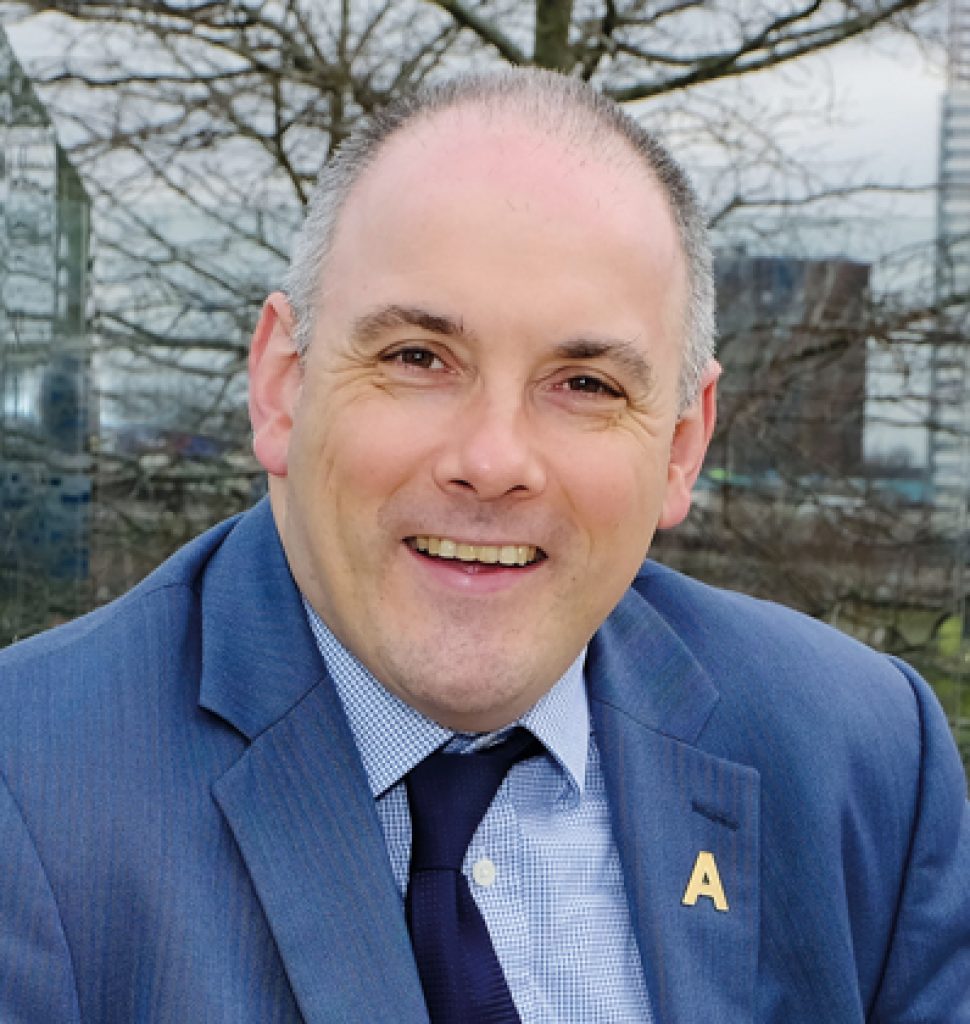A new apprenticeship presents a “glorious” opportunity for those without a degree to train to teach, will help bring under-represented groups into the profession and give schools a much-needed option to spend levy funding.
But proponents of the move face an uphill battle to convince sceptics about the quality of the route, as unions warn it must not erode teachers’ pay and conditions.
So, will the proposed non-graduate apprenticeship provide a solution to the sector’s long-standing recruitment issues? Schools Week takes a look…
How will it work?
The government announced last month that a long-awaited apprenticeship route into teaching for non-graduates will launch next year.

The four-year course, which would see apprentices achieve both a degree and qualified teacher status, will be piloted with “up to” 150 trainee maths teachers from September 2025, before a wider rollout.
Apprentices will spend around 40 per cent of their time studying and the rest of the time in the classroom. Ministers particularly want to see teaching assistants trained up via the route.
Robert Halfon, the skills minister, told Schools Week that the scheme “will help change the culture in schools around apprenticeships”.
He said those completing the apprenticeship “will achieve the same high-quality, subject-specialist degrees and qualified teacher status as any other initial teacher training route, while having the opportunity to earn while they learn and avoid student debt”.
There will be one apprenticeship standard, but separate courses for different phases and subjects. Each will encompass an apprenticeship and a degree which leads to the award of qualified teacher status.
The maths teacher degree apprenticeship will be the first to launch, but those designing the qualification expect it to eventually be rolled out to primary and the full suite of secondary subjects.
Who’s leading on it?
The route has been developed by a “trailblazer group” of trusts, teacher trainers, universities and sector bodies.

It is chaired by the South Farnham Educational Trust, which runs 10 schools in Surrey and Hampshire. The trust co-designed the existing postgraduate teaching apprenticeship, which now accounts for 4 per cent of trainees recruited nationally.
CEO Sir Andrew Carter said would-be teachers now often start as teaching assistants to “gain that experience so that, when they actually convert to the apprenticeship programme, they know they want to do it”.
The Delta Academies Trust is another trailblazer. Trustee Sean Cavan, who worked for decades at the education department of Sheffield Hallam University, said the apprenticeship would provide “another route which is not fundamentally different at all to the current QTS programmes”.
“It’s simply got the means of providing financial support and incentives to employers to get involved,” Cavan said.
How will it be funded?
The cost of apprentice training is funded through the apprenticeship levy. Every organisation with a pay bill of over £3 million pays a 0.5 per cent annual charge. They can then draw down funding to pay for training.
Smaller organisations contribute 5 per cent to the cost of training, and the government pays the rest. They can also be gifted levy funding from larger organisations.
However, employers – in this case schools, councils and trusts – will be responsible for paying apprentices’ salaries.
Those on the current postgraduate route are paid on the unqualified teachers’ pay scale, with some grant funding available in shortage subjects. But the Department for Education has said its approach is under review for the undergraduate route.
Carter predicted the new route would be “hugely attractive”, but he acknowledged that having to pay the salary – which is not the case on fee-funded routes into teaching – was “a downside”. This means thinking “differently” about trainees.
“They aren’t someone who comes in, who sits on the edge and we may or may not use them later. We have to have a really big investment in them at the beginning when we select them and all the way through because it’s costing us their salary.”
For trainees, the scheme is a “glorious” opportunity to get a professional qualification for free, to be paid while learning “and, at the end of it, you’re going to a profession where you’ll be welcomed with open arms”, Carter said.
Schools should also encourage former pupils to take up the route, he added.
“If we had two teachers out of every school in England, we would have a surplus. In a time of recruitment difficulties, we can’t see why anybody would not do it.”
But will it increase the number of teachers?
The postgraduate apprenticeship, a 15-month programme that requires an existing degree, launched in 2018. This year, there were 962 starts on the route, 4 per cent of all postgraduate trainees recruited.

Last year, the pass rate was 85 per cent, compared to a national average for level 6 apprenticeships of 65 per cent.
Trailblazers have also looked to nursing apprenticeships for inspiration. Last year, 1,690 people completed a nursing degree apprenticeship, representing about 0.5 per cent of the total workforce in England.
If similar recruitment was achieved for the teaching apprenticeship, it would equate to 2,341 extra teachers per year (or 7 per cent of the total target for 2024).
Recruitment pool widens
The trailblazers also believe that the new route could make the profession more diverse.
Teach First, one of the trailblazers, is in the process of accrediting to offer the route in “a couple of years’ time”.
The charity’s chief executive Russell Hobby told Schools Week that there were “plenty of teaching assistants” without degrees, as well as others “for whom a university route is not the right decision for them”.
“It’s often a diverse source of talent, it’s often connected to the communities that schools find it hardest to recruit from as well. So, it’s exciting to consider the possibilities there.”
Robyn Johnstone, CEO of e-Qualitas, a teacher training provider, said the postgraduate route had “enabled us to find a different group of people who possibly might not have gone into teaching before, because they’ve generally been TAs in schools”.
“They’ve got a degree, but they’ve been working in school for a long time. They don’t want to leave and go into a PGCE – and have to have to pay for that. They want to work on a salaried route.”



.png)

.png)











